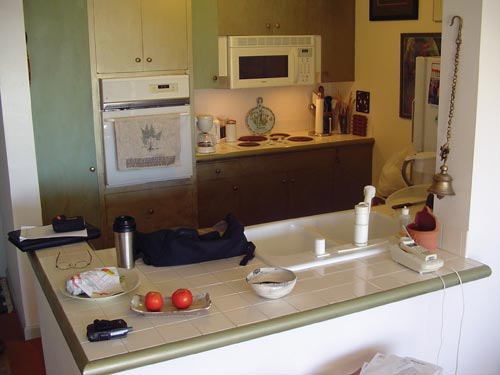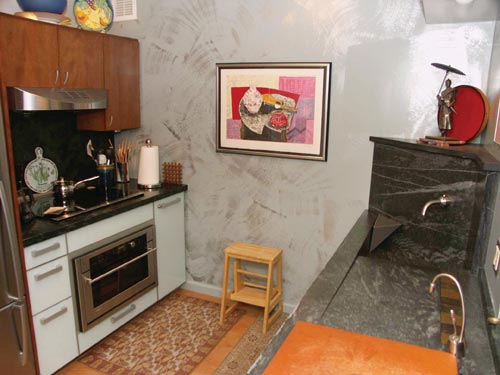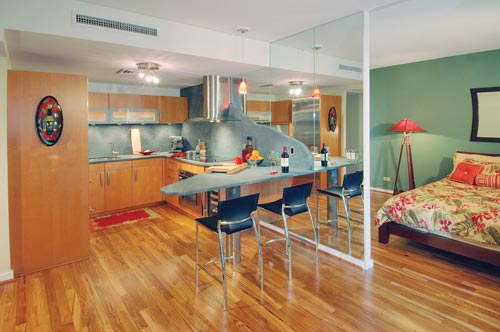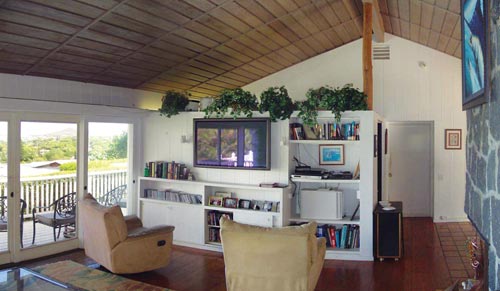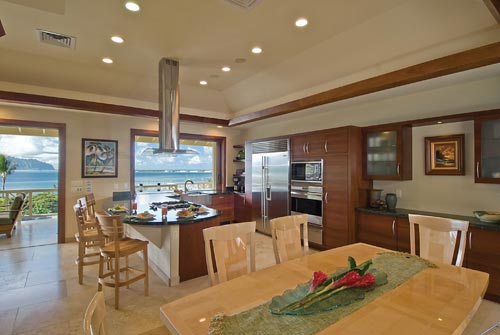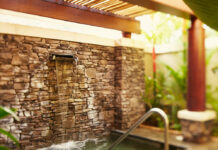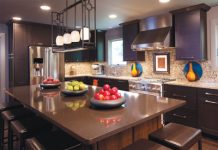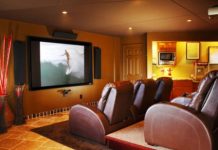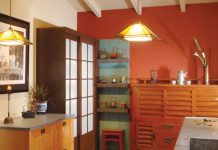Story by Rick Cowan
If you’re thinking about remodeling, you’ve probably got some big questions: “How much does it cost?” “What are my options?” “Where do I begin?”
Check out these before and after photos to get your imaginative juices flowing:
The logical place to start is with your budget—and knowing that any remodeling job opens the door to a host of variables. A kitchen remodel, for example, can cost $20,000 . . . or $80,000. So you need to think not just about how much you can afford, but how much is appropriate to spend.
When I work with clients, the first thing I ask is, “What are your plans for the house? Do you want to upgrade and ‘flip’ it in five years? Live there a decade or more, until the kids are grown and gone? Stay in the home for the rest of your life?”
Their answer is where we begin.
Let’s say you want to fix up the home to sell as soon as the market improves. My advice is to keep the remodel as affordable—and as broadly appealing—as possible. When the housing market was hot, homeowners could do even outlandish things and still make a sale. These days, you want to appeal to a wide range of potential buyers, so keep colors and finishes on the conservative or neutral side, even if it’s not your personal taste. And don’t overspend on appliances and assume that you will recoup the investment; you might not. Reuse what you can; dress it up and make it look better. For example, instead of installing new cabinets, it might be enough to replace the cabinet doors.
Paint is one of the simplest improvements you can make for the short term. It’s also the cheapest. Next is flooring. If your budget is tight, go with carpeting, or with a laminate or engineered-wood floor. Tile, solid wood and natural stone are more durable, but they also cost more, and may not be worth your investment.
If you intend to keep your home for ten years or longer, the rules begin to change. My advice: Don’t worry about the resale. Do what fits your budget and will make you happy now. If you need new appliances, get the ones you want. A decade on, when you’re ready to sell, technology will have advanced, and the new owners will probably want to upgrade, anyway. What you’re getting for your investment is the enjoyment of that master bath as your sanctuary, the pool you added on that the kids love so much, the beautiful kitchen backsplash that makes cooking a pleasure.
These days, with so many Baby Boomers reaching retirement age, I’m seeing more remodels that incorporate aging in place. An older individual may be healthy and fit—and still find herself needing a wheelchair or walker while recovering from surgery. Happily, there’s a lot a remodel can do. For example, I’ll often install kitchen counters at various heights, so someone in a wheelchair can easily prepare food. Certain faucets are gentler on arthritic hands. Bigger drawers can be installed for easier access. And an oven can be raised off the floor to avoid the need to bend down.
If you’re going for a major renovation, and keeping the home for a while, remodeling in stages can be easier on the budget. I encourage clients who do so to start with the total home design, and establish a team—designer, contractor, landscape designer, etc.—who will work together to keep the look consistent and the costs in line. They can also keep you from making initial choices that affect later ones in ways you never planned.
For example, you can splurge on a professional series appliance package that can cost upwards of $25,000. That one-of-a-kind statement can blow your budget. Something seemingly as simple as moving a stove can cost five grand, if the floor is concrete and has to be trenched to bring in the wiring and ventilation.
A good design team can find alternatives—and devise creative solutions—to help you get the look you want without overspending.
Next time, we’ll talk about one of the easiest ways to spruce up your home: learning how to choose paint colors for a quick home makeover.
 Rick Cowan has worked in every phase of Hawai‘i’s design and construction industries for the past twenty-five years. A certified kitchen designer with the National Kitchen and Bath Association, and the owner of Archipelago Maui, Rick has won numerous awards for kitchen, bath and home design. His work has appeared in regional and national publications like K&BB, Homescape and Transition Hawai‘i; and has been featured on Home & Garden TV’s Designers Challenge and What You Get for the Money.
Rick Cowan has worked in every phase of Hawai‘i’s design and construction industries for the past twenty-five years. A certified kitchen designer with the National Kitchen and Bath Association, and the owner of Archipelago Maui, Rick has won numerous awards for kitchen, bath and home design. His work has appeared in regional and national publications like K&BB, Homescape and Transition Hawai‘i; and has been featured on Home & Garden TV’s Designers Challenge and What You Get for the Money.

